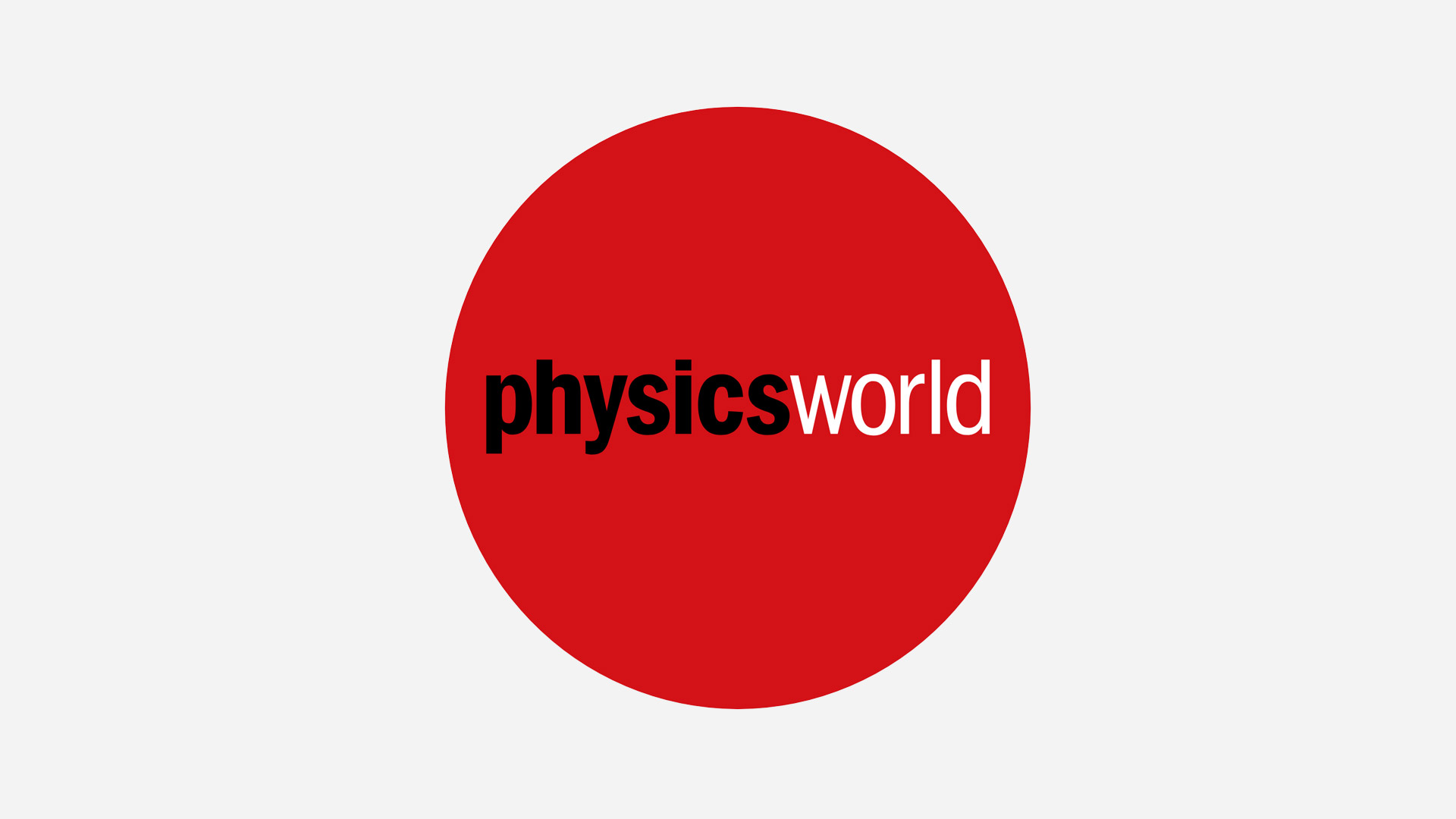Author
Array
(
[0] => linkedin
[1] => facebook
[2] => twitter
[3] => google-plus
[4] => youtube
)
Array
(
[0] => linkedin
[1] => facebook
[2] => twitter
[3] => google-plus
[4] => youtube
)
Array
(
[0] => linkedin
[1] => facebook
[2] => twitter
[3] => google-plus
[4] => youtube
)
Array
(
[0] => linkedin
[1] => facebook
[2] => twitter
[3] => google-plus
[4] => youtube
)
Array
(
[0] => linkedin
[1] => facebook
[2] => twitter
[3] => google-plus
[4] => youtube
)
No Author
Author archive

Neutrinos were first detected in 1956 by Fred Reines of the University of California at Irvine and the late George Cowan. They showed that a nucleus undergoing beta decay emits a neutrino with the electron, a discovery that was recognized with the 1995 Nobel Prize for Physics. Ever since the discovery, physicists have wanted to […]

Some 200 Indian scientists have been brave enough to defy the widespread approval and enthusiasm for the tests inside the country by expressing their “deep dismay and unhappiness at this action of the Indian government” in a statement available on the Web. In the statement the scientists caution that “the scientific and technological achievement in […]

What are the limits of science? Will the pursuit of knowledge lead to a never-ending source of intellectual (and perhaps even monetary) riches? Or are scientists misleading the public on this score, in an attempt to gain even greater support, power and influence? It seems that we physicists are more and more frequently being forced […]

We’ve all had the following experience. You meet someone at a party, and they ask you what you do. You tell them you are a physicist. Quickly, they change the topic. But if you ask them if they are interested in black holes, warp drives or time travel, then they are fascinated. Most people think […]

Delacôte suggests there are several lessons that can be applied to science popularisation in general: the emphasis must be on a ‘active experience’; the best techniques work for all age groups; the most rewarding experiences result from the integration of museum displays with school courses; and the best exhibits are produced when artists and scientists […]

Antonio Rodota, ESA’s director general, has been campaigning to increase the amount of industrial involvement in the space agency. However it has been clear for many months that there would be substantial overlap between some ESA research programmes – satellite telecommunications, Earth observation and navigation systems – and those planned by the EU. The deal […]

Gamma-ray bursts appear to be related to the deaths of massive stars. Amelino-Camelia and colleagues claim that if the difference in the arrival times of photons with different energies can be measured, they will be able to test various theories of quantum gravity. This is because some of the theories treat the vacuum as a […]

It is also brilliant theatre. The three characters – Bohr, Heisenberg and Bohr’s wife Margrethe – are on stage nearly all of the time. Notionally, they are in the Bohrs’ house, with three chairs as their only props. But they grip us continually with words, tones, gestures, movement and lights. The professional magic of the […]

The barriers found on fault lines are usually regions in which a strong pinning force reduces the movement of the plates. However geologists cannot define the position of these barriers around the fault lines. Rundle et al . use a ‘stochastic Griffith theory’ to statistically calculate the distribution of barriers, and thus predict if it […]

It is also brilliant theatre. The three characters – Bohr, Heisenberg and Bohr’s wife Margrethe – are on stage nearly all of the time. Notionally, they are in the Bohrs’ house, with three chairs as their only props. But they grip us continually with words, tones, gestures, movement and lights. The professional magic of the […]
Copyright © 2025 by IOP Publishing Ltd and individual contributors
